"Functionality is key when designing a home office. It needs to be efficient and comfortable."
Candice Olson, Interior Designer
Designing a home office that meets professional requirements but is comfortable and stimulates productivity and creativity is a crucial priority today. With the evolution of the professional landscape, the transition to remote work is a reality for many people. With this, the need arose to create functional spaces inside homes that allow professional activities to be carried out efficiently and inspiringly.
This is where your role as an interior designer gains new relevance by configuring a room that goes beyond aesthetics, striking a balance between comfort, functionality, and mental stimulation. Designing a home office that enhances productivity and creativity is not just choosing beautiful furniture or investing in decorative pieces. It involves considering furniture ergonomics and creating a space conducive to concentration.
Understanding that the work area can directly impact motivation, focus, and the ability to generate innovative ideas is the starting point for creating a space beyond daily work's simple demands.
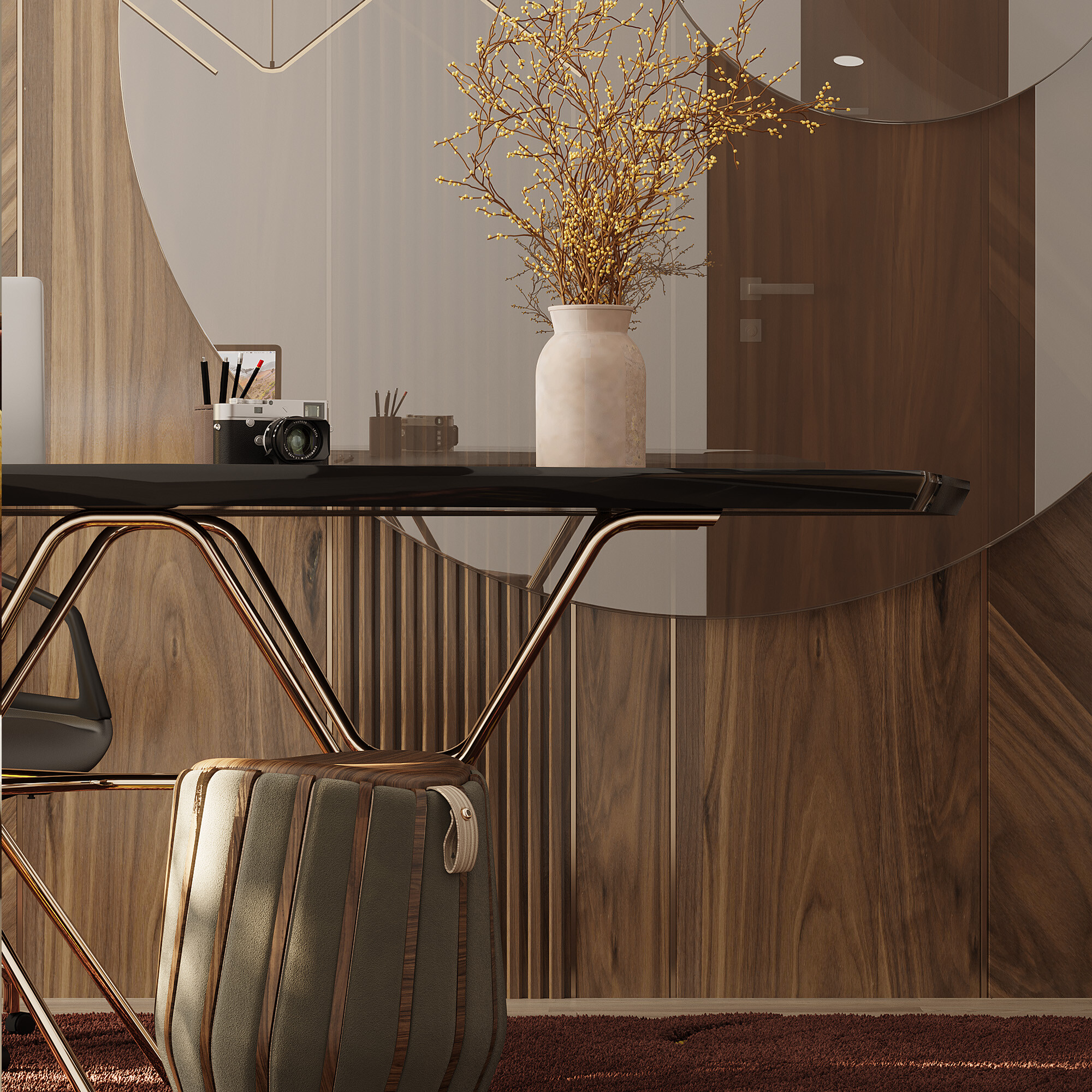
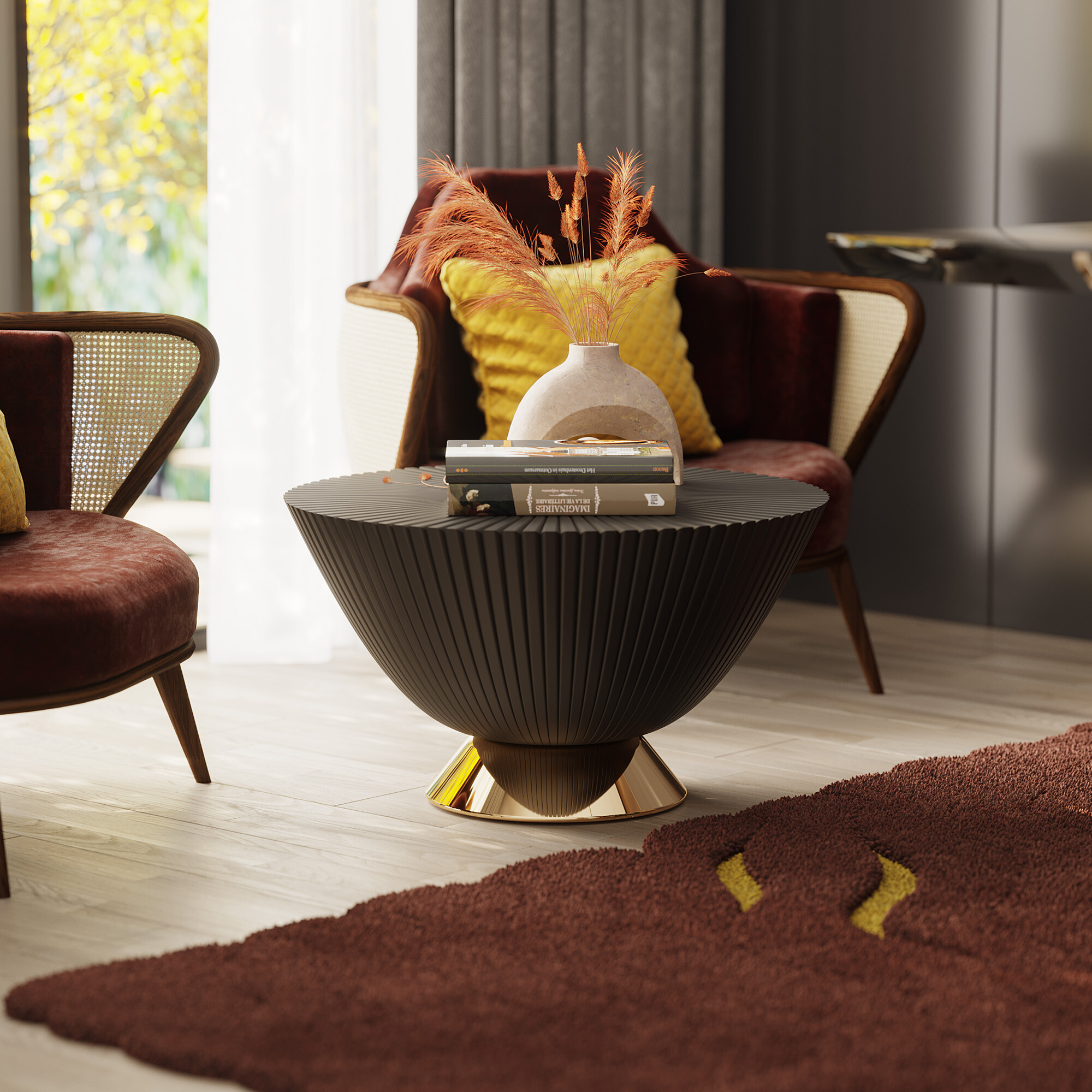
A home office goes beyond a simple workspace at home. It becomes vital for professional performance, quality of life, and adapting to different circumstances, offering tangible and intangible benefits.
Firstly, the efficiency of a home office is intrinsically linked to productivity. If your client has to work in a disorganized space, in an uncomfortable chair, with a table that is too low, and where, for example, there is no differentiation between work and relaxation areas, the motivation to work from home will undoubtedly be lower. An ergonomic configuration, adequate furniture, and an intelligent space layout can directly impact the ability to concentrate and perform tasks. Therefore, a well-designed and organized workspace can catalyze increased efficiency.
Furthermore, an efficient home office promotes flexibility and a healthier work-life balance.
In this way, a well-planned work-from-home space can foster creativity and innovation. Inspiring visual elements, adequate lighting, and an organized space can stimulate creative thinking and new ideas, contributing to innovation and professional growth.
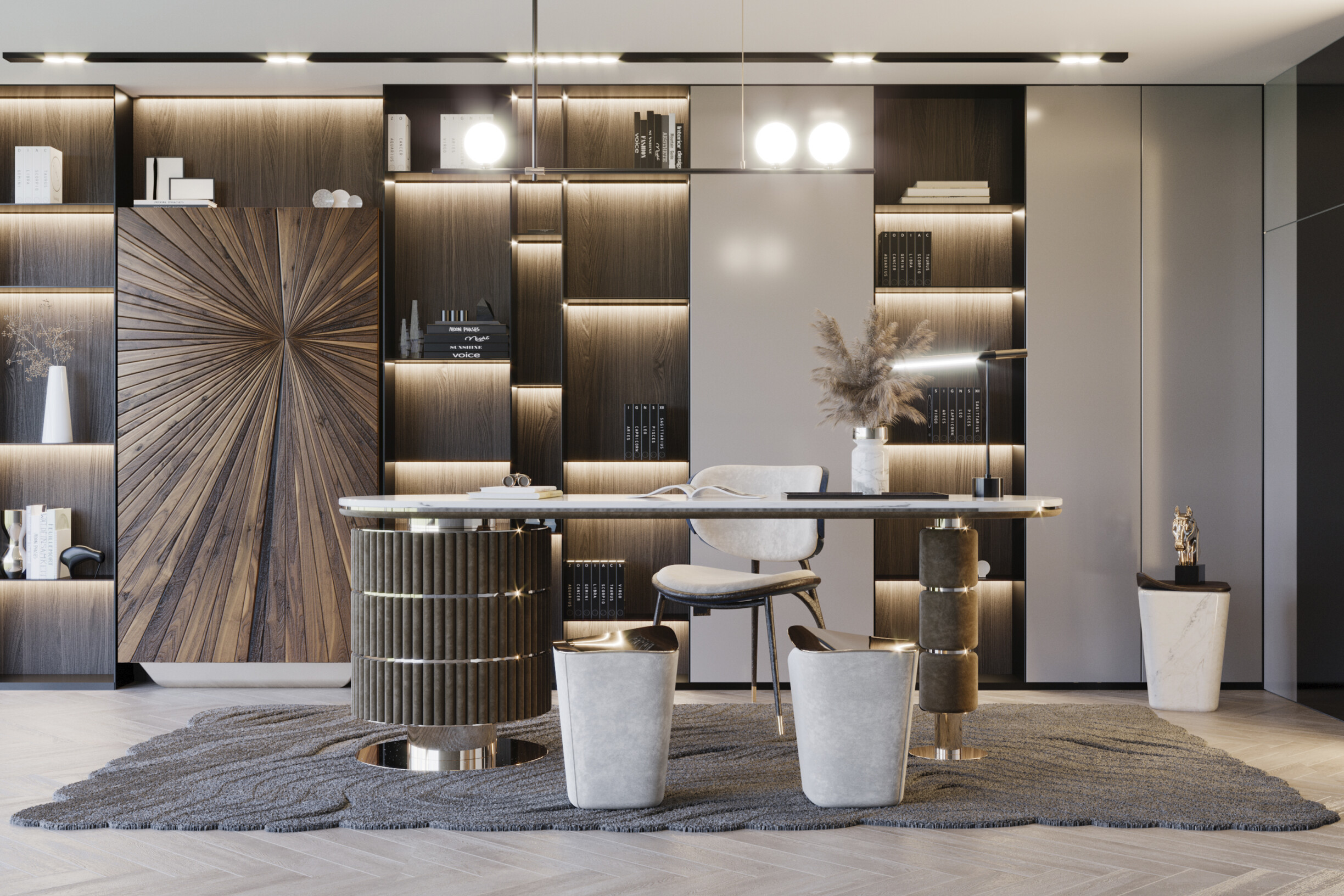
The first step to creating a home office that increases productivity and creativity is choosing the location. Selecting the location carefully will contribute significantly to the efficiency of working from home. As such, some points must be taken into account:
Ensure that there are clear boundaries between work and personal life;
Choose locations with good natural lighting;
Avoid busy areas prone to distractions;
Make sure that the space is ergonomic and allows all the necessary elements to be included;
Assess the organization and storage capacity to keep the space tidy and functional;
Take into account the air conditioning of the space;
It is essential to consider these aspects when adapting the ideal space to your client's needs and preferences to create an efficient and comfortable home working area.
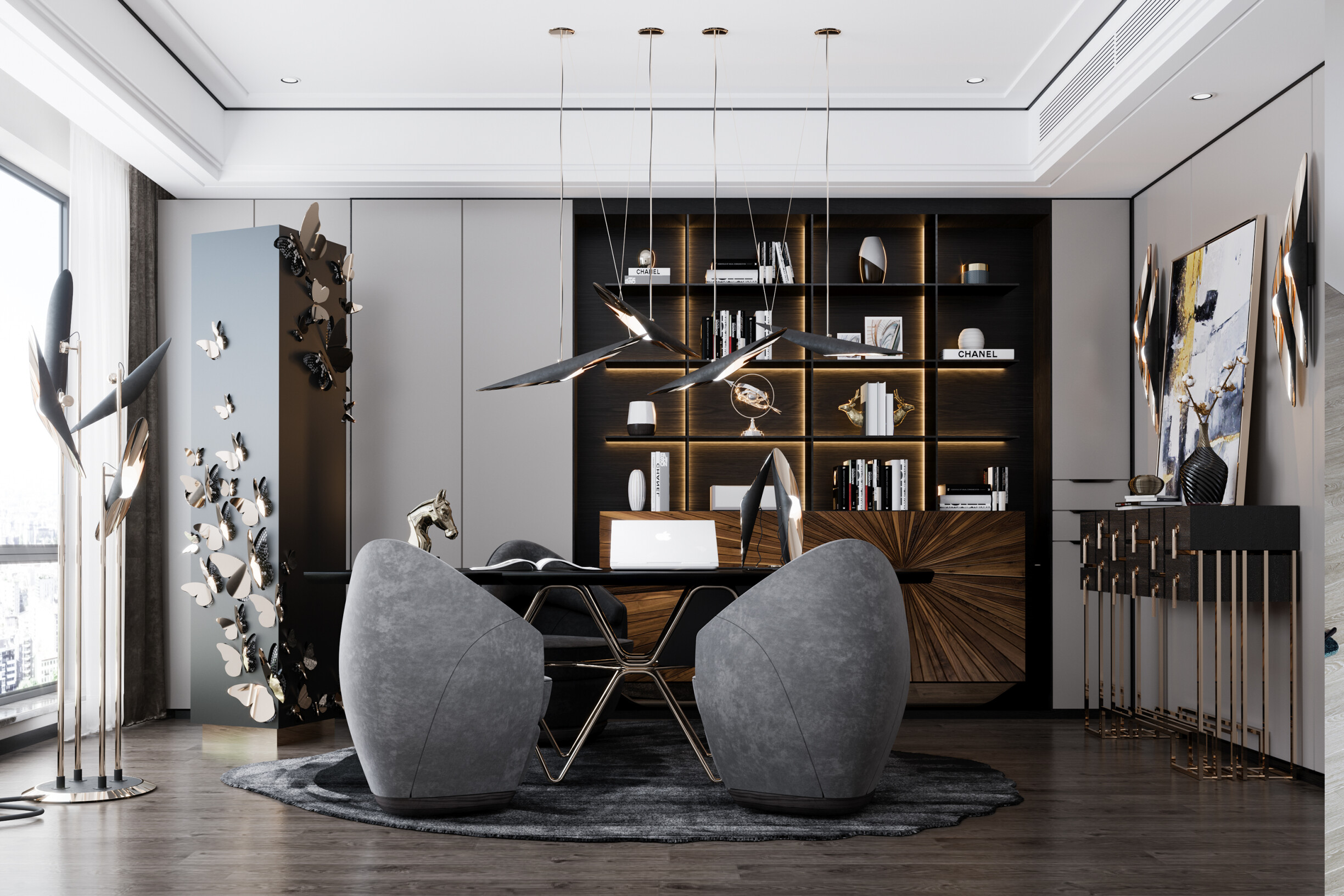
We've put together 5 valuable tips to ensure that your home office interior design project is highly effective and efficient:
An exclusive and well-organized workspace is essential for concentration and efficiency in the home office. After defining which space in your home will be dedicated to work, create an inspiring area with elements that stimulate creativity and productivity.
Ergonomics should be a priority when choosing furniture for your home office. Choosing an ergonomic chair that offers adequate support for your spine and a table that allows height adjustments is essential. Furthermore, all necessary equipment must be positioned to reduce physical stress.
Natural light should always be valued when creating a home office. Ideally, the table should be positioned close to a window to take advantage of this feature. Additionally, consider using lightweight curtains to control light entry and add quality artificial lighting. Also, consider adding plants. Remember: using natural elements is one of the main trends in interior design.
It is not enough to incorporate the elements for your client to carry out their work tasks. Everyone needs to be stimulated, and including specific design elements will stimulate creativity. Whether through choosing the right colours to use, the materials that will influence the aesthetics of the space, or the inclusion of specific pieces, try to stimulate creativity and inspiration in the room.
It is essential to create a visually balanced and adaptable space. Therefore, you can opt for modular or multifunctional furniture that can adapt to your client's different professional needs. You must also balance decorative and functional elements not to overload the space visually, allowing for a calm and focused atmosphere.
As we have seen in the previous topics, some decorative elements make a difference in any home office. When well selected and used, they can positively impact the workspace efficiency at home.
The furniture chosen for a home office plays an essential role in the ergonomics and functionality of the space. Choosing ergonomic furniture, such as adjustable chairs and tables with an appropriate height, promotes comfort during extended work periods.
But there are also other elements you can consider. You can, for example, include a sofa for your client to use for short breaks during working hours. For a smaller space, the option could be the Matterhorn sofa from ALMA de LUCE or even the Amasunzu sofa, which also has the added value of being blue, which enhances creativity and communication. If you have a larger home office area, you can opt for a modular sofa like the Al-Hijr from ALMA de LUCE, allowing a more remarkable adaptation.

Rugs can transform a space, adding comfort and defining work areas. Choosing quality rugs can help delimit the home office space, providing a cozy atmosphere and absorbing noise, which is crucial. Also, consider the materials: soft rugs, such as wool or natural fibers, can create a relaxed feeling, increasing well-being and, consequently, productivity.
The perfect solution? The Longjing rug from ALMA de LUCE. This rug is made from 100% hand-tufted New Zealand wool and is ideal for indoor areas. Furthermore, green tones predominate, the perfect colour to establish balance and maintain productivity.

Lighting is a key factor. Make the most of natural light whenever possible. Furthermore, you should complement natural lighting with quality artificial lighting, such as adjustable or directional lampshades. This way, keeping the space well-lit and adapted to different work needs will be possible, maintaining visual comfort and reducing eye fatigue.
One way to enhance lighting is through mirrors. Not only will you be improving natural and artificial lighting, but you will also be providing a positive decorative input. The simplicity, luxury, and elegance of the Darvaza mirror from ALMA de LUCE make it the perfect option for a home office.
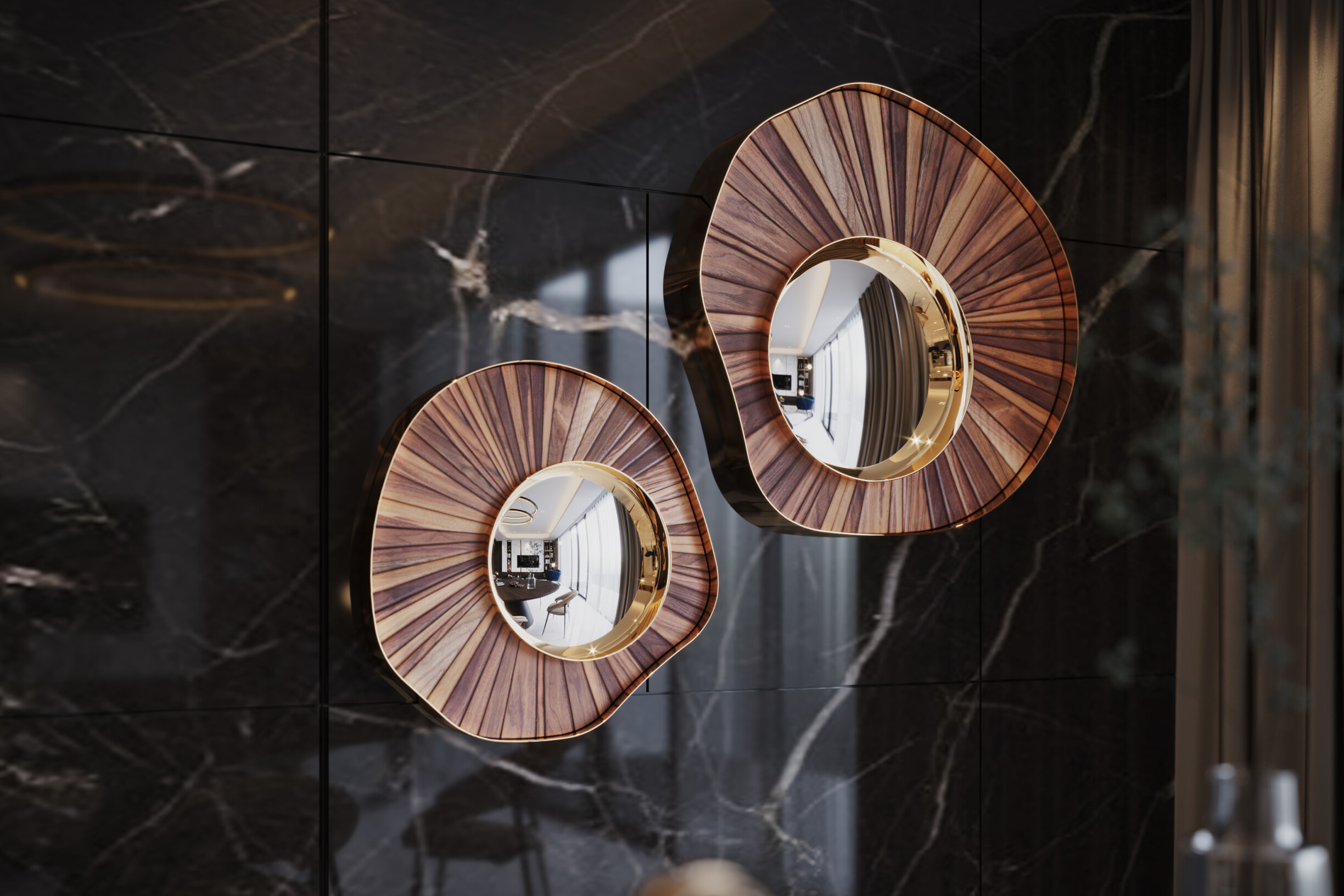
Carefully selected decorative pieces can inspire and motivate. Adding decorative elements such as plants, inspirational paintings, sculptures, or design objects can stimulate creativity and improve the room's mood. For example, by incorporating a painting, an easy-maintenance plant, or a piece like the Le Notre tray from ALMA de LUCE, you will decorate the home office and contribute to a more stimulating and productive space without forgetting the functional aspect of this piece.
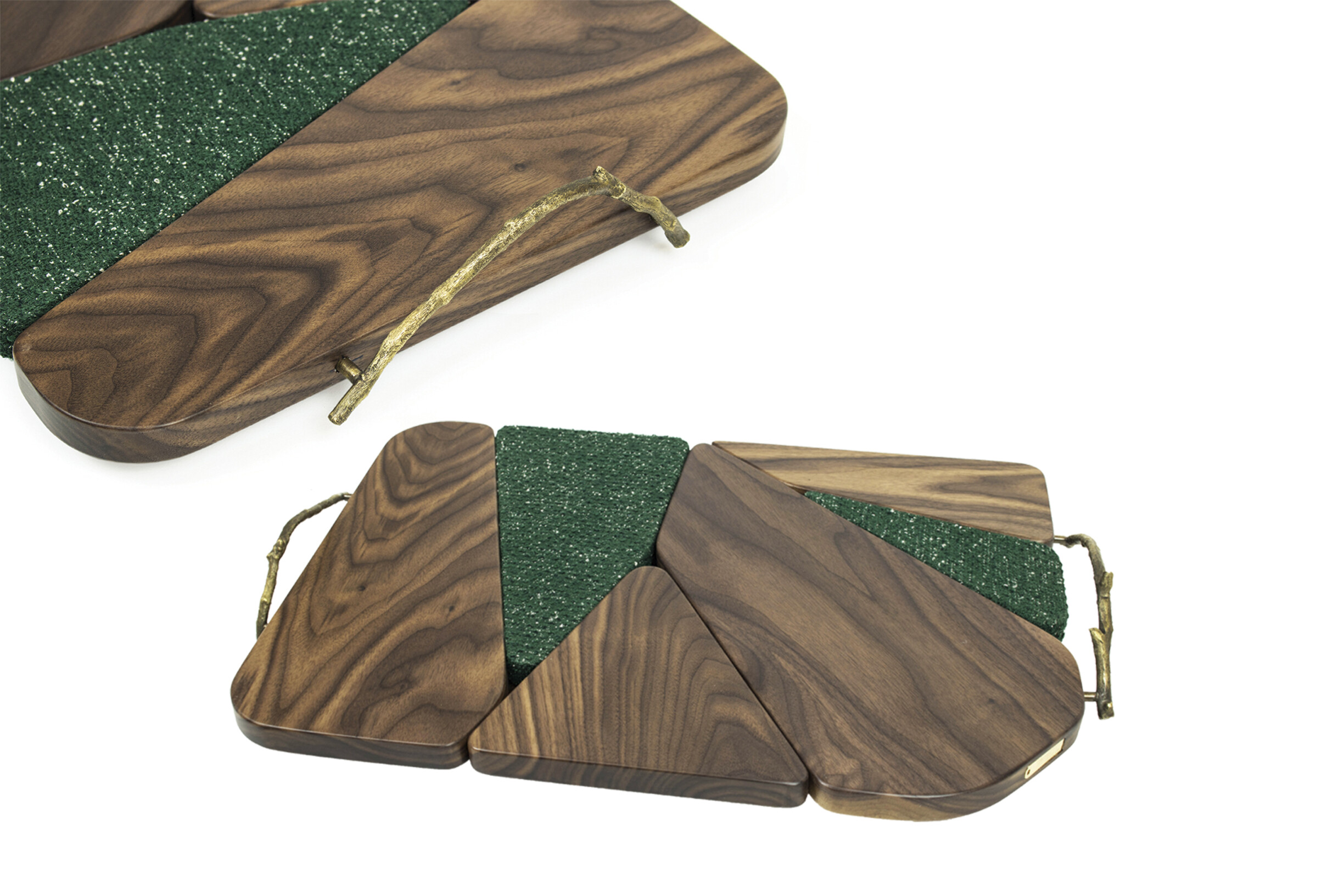
We hope our tips for designing a home office that increases productivity and creativity are practical. Contact us if you are ready to create the ideal home office and surprise and dazzle your customers. We will help you to create exclusive and unique projects that win over your customers!
Did you like this article? You can follow us on Instagram, Facebook, and Pinterest to stay updated with the latest architecture, design, and interiors news.